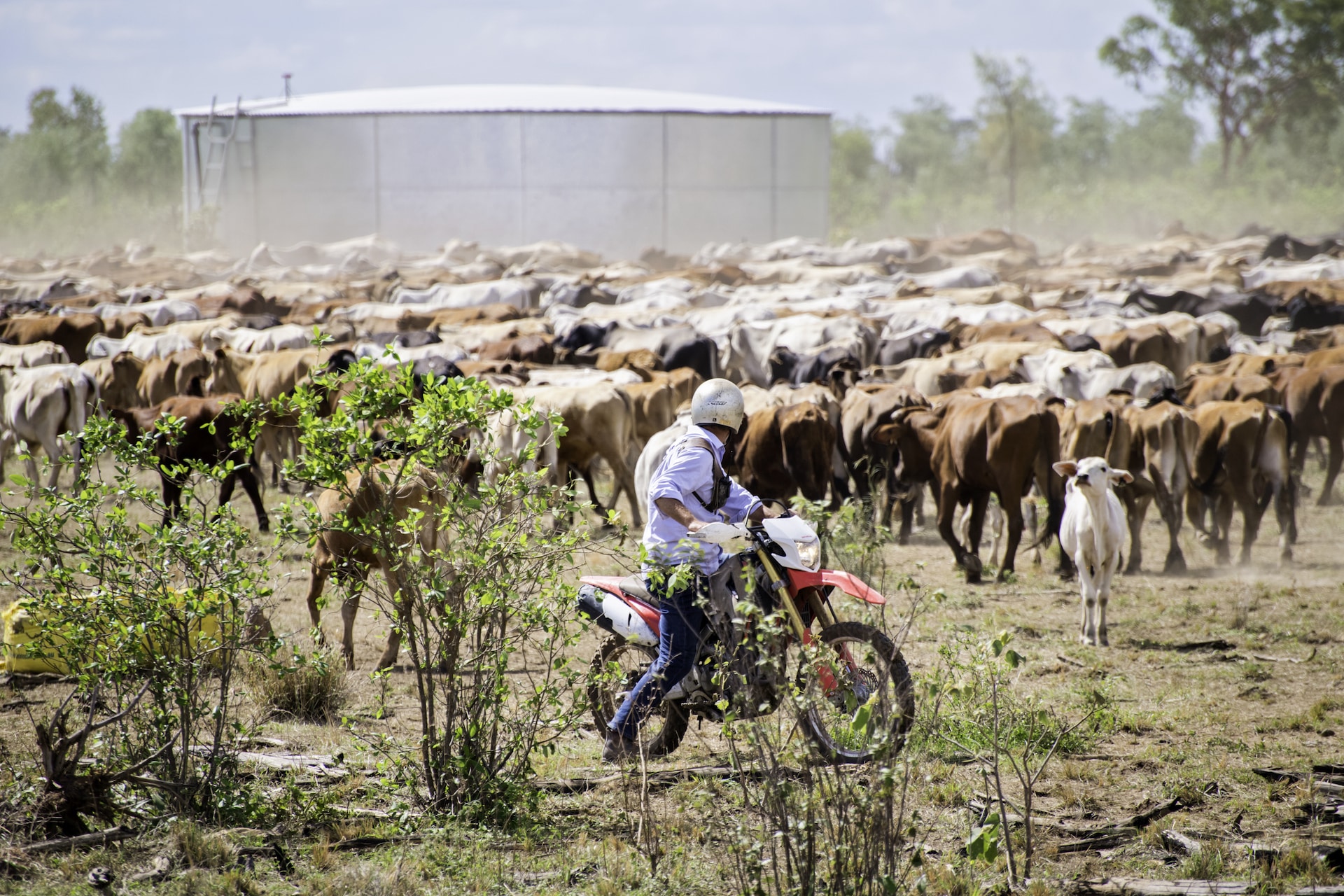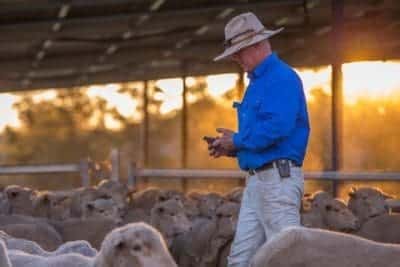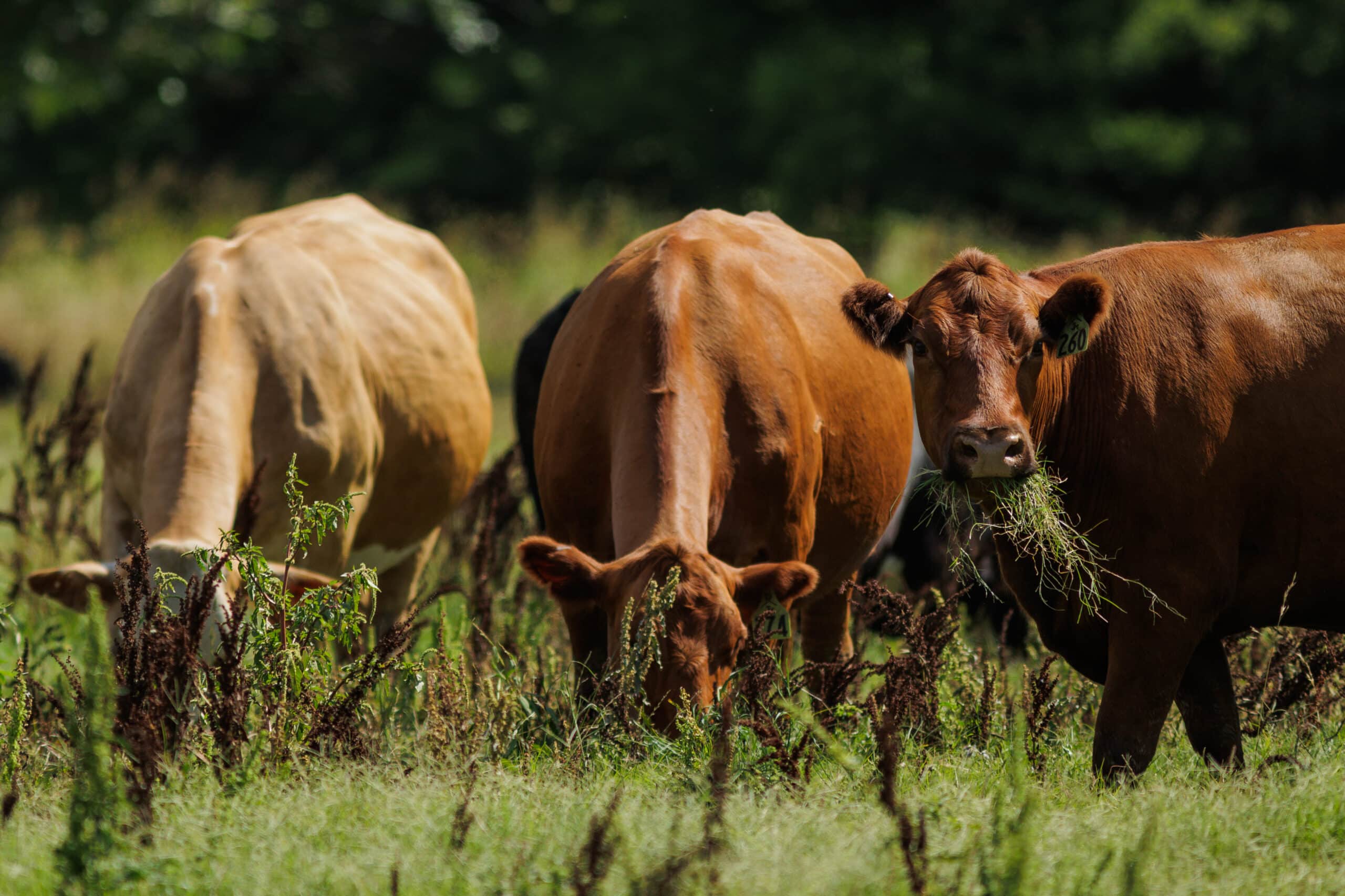Farmers: the Key to a Sustainable Future
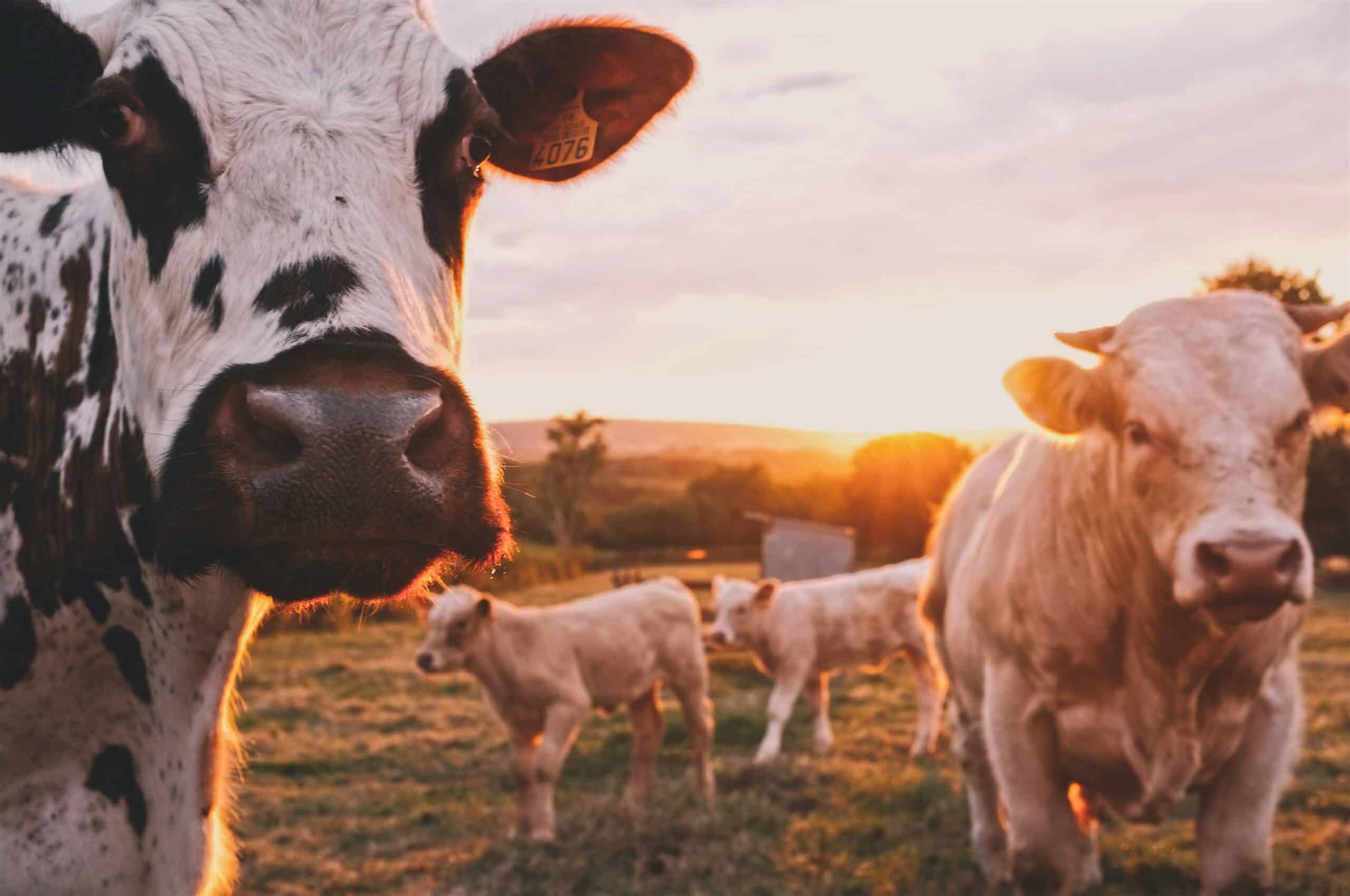
The world is facing a climate emergency and we can see evidence of this all around through increased incidents of flooding, fire, and drought. This is threatening the sustainable production of food itself and puts all our livelihoods at risk. We also know that farming contributes to Greenhouse Gas emissions. UK Agriculture contributed 10% to total greenhouse gas emissions in 2018 – including 70% of nitrous oxide emissions and nearly half of total methane emissions. Thus, farming has a key role in helping the UK meet its Net Zero emissions target by 2050.
Farmers know their farms, the soil and terrain, and whether a field is better suited to crops or grazing livestock. They understand what works for the piece of land they nurture. And it is a long-term relationship often lasting for generations.
Farmers Are the Key
So how can farmers take an active role in helping to tackle the climate crisis through sustainable practices? Can agriculture contribute to climate goals, produce food sustainably and at the same time maintain their livelihoods?
Farming is a sustainable part of the solution to climate change, as it is both an emissions source and a sink. Net zero means removing as much carbon from the atmosphere as is we create. Crops can convert carbon dioxide in the air into plant matter using photosynthesis. By using climate-smart tools and practices, farmers can help crops remove even more carbon. Farmers regularly manage biological and natural resources and have skills and knowledge of the natural environment to tackle environmental and climate-related problems.
It can be argued that keeping high environmental standards within the UK and increased reliance on food imports simply leads to a situation where the UK’s emissions are exported. However, many of the changes needed are win-win – e.g., the adoption of precision farming, more efficient livestock breeding and health can enhance profitability as well as sustainability.
Is Net Zero Possible?
The shift to sustainability is happening for several reasons. Governments have set targets through initiatives such as the COP to reach net zero. Major food companies and brands have promised to cut their greenhouse emissions and they are pushing for changes on the farm — and sometimes paying for such changes.
For example, Nestle The world’s biggest food manufacturer, detailed its net-zero plans in December 2020. This was a year after committing to being greenhouse gas emissions-free by 2050. The company claims it has a “network” of more than 500,000 farmers and 150,000 suppliers with whom it can implement regenerative farming as a way of cutting its emissions. Farmers would be paid for making the move to net zero, either directly by the government or by corporations that seek to offset, or cancel out, their own emissions (insetting). Carbon sequestration could be worth as much as £1.7 billion. This is half the total value of public subsidies for agriculture, says environmental think tank Green Alliance.
What about Government Support for Net Zero?
So, what does the government need to do to support the transition to sustainability? In the UK farming policy is devolved with the Scottish, Welsh and Northern Irish governments developing their own policies and the UK government developing policies for England. All are however going in the direction of greater support for providing environmental outcomes and enhancing the sustainability of farming systems. Within England, DEFRA is introducing grants to help farmers invest in technology, equipment, and innovation. This will help farmers:
- Improve farm productivity;
- Try out and adopt innovative technology and practices;
- Improve the climate, environment, and animal health and welfare.
These are things that the public and consumers care about, and are within the gift of the stewards of our land: our farmers. Ongoing payments will be for producing environmental benefits.
You Don’t Need to be a Regenerative Farmer to be a Sustainable One
Is there a balance between food production and driving down emissions? More efficient food production and cutting GHG emissions can go hand in hand. For example, getting cattle to slaughter weights faster can cut emissions according to Cambridgeshire livestock producer Dan Burling:
“Shorter age to slaughter means that they’re on the planet for less time, so they’re not producing their actual natural emissions. But equally, they’re not eating anywhere near as much food to get there.”
Many see regenerative agriculture as supplying that balance. Although there is no agreed definition of regenerative agriculture, most agree that it includes building soil carbon and biodiversity, whilst at the same time sustainably supporting food production and profitability. The number of farmers considered regenerative in the UK is very low, although partly, perhaps, because of the ill-defined term. There are farmers that wouldn’t call themselves regenerative farmers but work towards more sustainable farming practices. Despite this, some regenerative farming practices are already common on many farms, particularly on organic certified farms. Key regenerative agriculture principles include:
- Minimise disturbance of the soil, both physically and chemically;
- Keep the soil covered, either with living plants or a mulch of crop residue;
- Keep living roots in the soil for as much of the year as possible;
- Keep as much plant diversity as possible;
- Reintroduce livestock into the system;
- Enhance livestock feed to reduce emissions;
- Monitor livestock feeding and body condition score and adjust feed to finish earlier
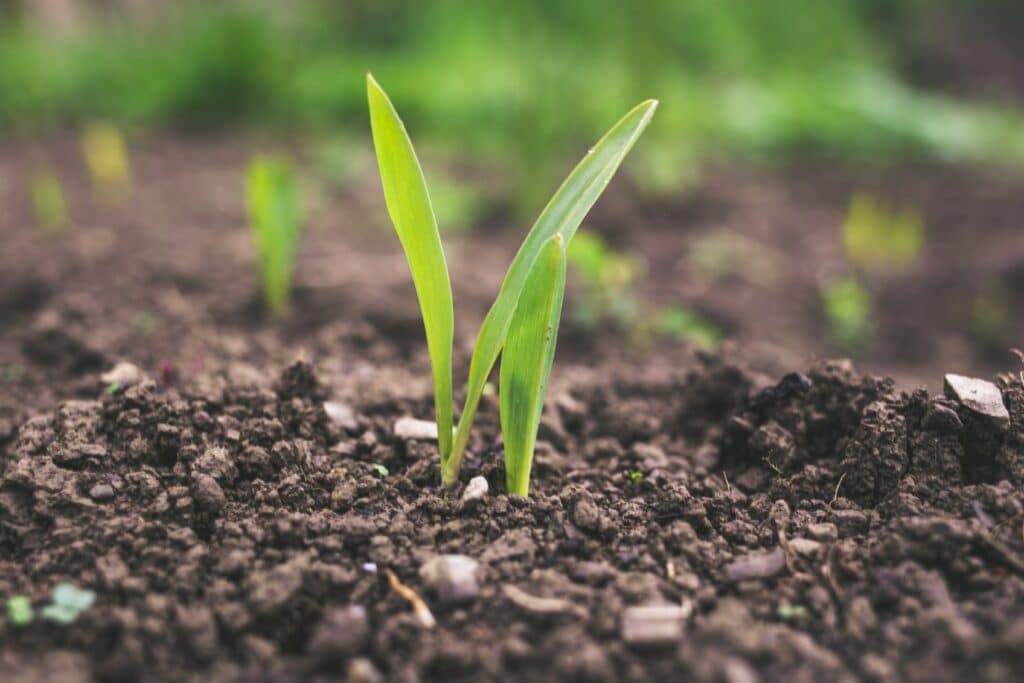
It Doesn’t Need to be Farmers Against the Rest of the World
Every farm faces different challenges, and these are best understood by those already farming the land. The transition to sustainability cannot be a top-down approach. To make improvements you need to measure where you are to start with. Farmers need to assess and measure their current emissions and look where they can make improvements. Carbon auditing is essential to understand the sinks and sources of emissions on their farm.
According to the WWF we must transition UK land from a net source of GHGs to a net sink by 2040 at the absolute latest. And through regenerative or sustainable agriculture: on-farm actions and protecting and restoring peatlands, woodland, saltmarshes, and other nature-rich habitats. In this context, we also include methane and nitrous oxide emissions from land, as well as carbon dioxide. Net Zero needs to be pursued in the context of commercial viability and sustainability for the industry. As Dan Burling says,
“We still have to produce food, but there’s no reason we can’t produce it at Net Zero. It just needs a balance in the system and people need to talk about productivity and sustainability in the same breath as they talk about Net Zero”
There Can Be a Balance Between Farmer, Food Supply and Nature
Regenerative agriculture and sustainable actions, such as the precision use of fertilisers and increasing cover cropping to avoid excessive use of nitrogen fertiliser, silvopasture, hedgerow creation and better livestock breeding and animal health, may not be the biggest hitters in town in terms of emissions. But they have many co-benefits for nature and people and enhance the sustainability of farming as a whole.
By adapting and innovating farmers can contribute to sustainability and climate action as well as doing what they have always done – feeding the nation.
Find out more about how AgriWebb is working with partners to explore the future of farming including many of the tools which can be used to move towards sustainability and climate-friendly agriculture.
AgriWebb supports farmers to better manage their livestock business through a range of features, from farm maps, to movements, to government compliance, feed, grazing and more.
